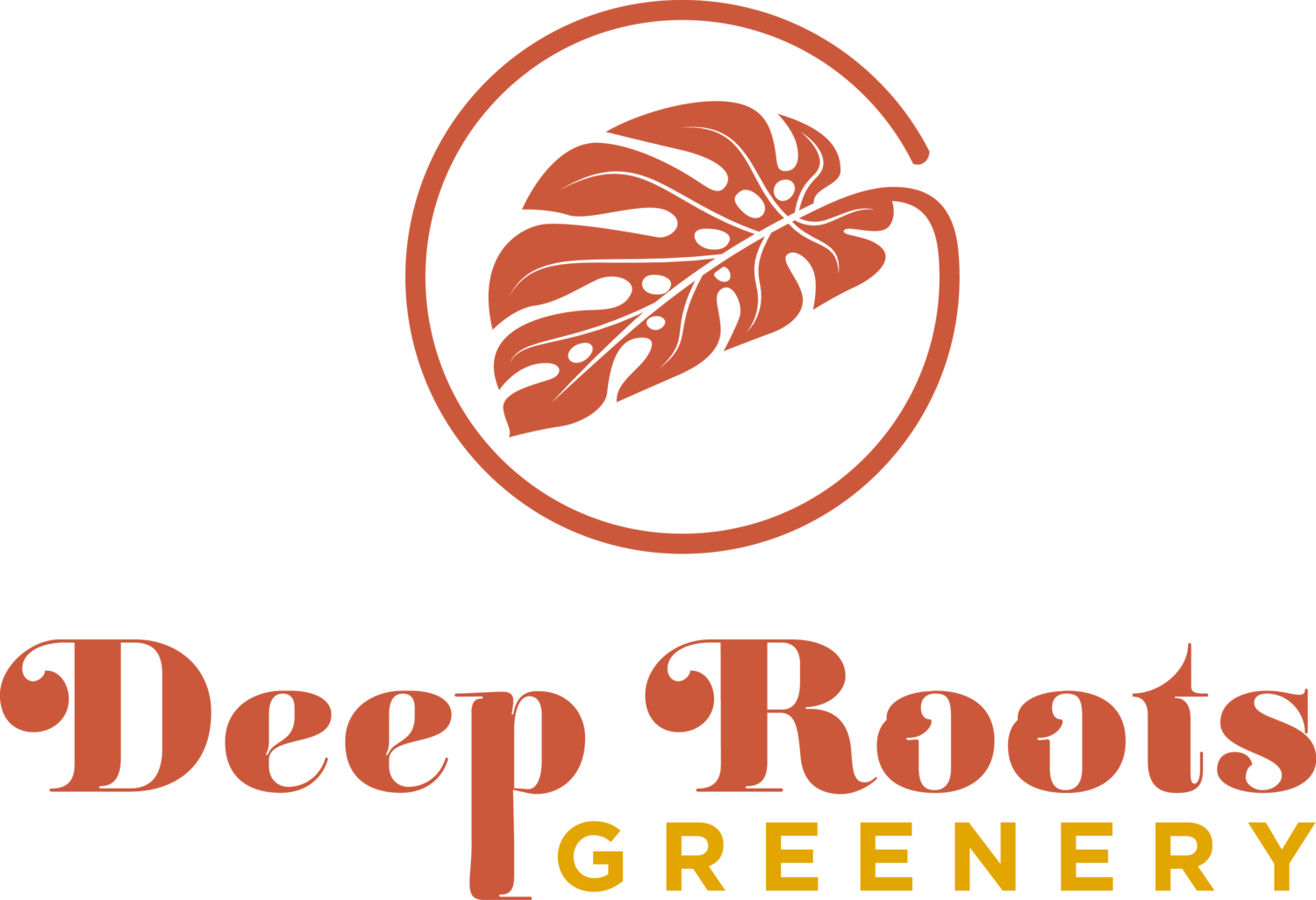 Image 1 of 4
Image 1 of 4

 Image 2 of 4
Image 2 of 4

 Image 3 of 4
Image 3 of 4

 Image 4 of 4
Image 4 of 4





Anthurium 'Red'
Botanical Name: Anthurium andraeanum
Common Names: Painted anthurium, flamingo flower, tailflower, painter's palette, laceleaf
Boasting a beautiful vibrant red waxy bloom, these exotic houseplants have glossy heart-shaped leaves with beautiful blooms that comes in a large array of colors. They can bloom all year long with enough light and water. The Anthurium originated in the South American rain forest so they thrive in high-humidity environments with a decent amount of shade.
NATIVE LAND: Central America, northern South America, Caribbean
WATER: The soil should be kept slightly moist and never allowed to dry out completely. Allow the top layer of soil to dry out to the touch before watering again. Water once a week. Important: He/ She prefers high-humidity environments, so misting on a regular basis will be greatly appreciated.
LIGHT: Whether indoors or out, Anthurium grows best in bright, indirect light. Avoid direct sunlight, it can burn his/her leaves.
ISSUES: foliage may scorch - if dry or in a drafty location. Remove from draft and give optimal water. Scorched leaves will not “come back” but new ones are sure to grow in a better location away from cool drafts
BENEFITS: One of the best houseplants that purify indoor air. Their large, dark leaves suck up ammonia, formaldehyde, toluene and xylene. Anthurium is also believed to create and hold
PET/KID FRIENDLY: Highly toxic to humans and pets
Botanical Name: Anthurium andraeanum
Common Names: Painted anthurium, flamingo flower, tailflower, painter's palette, laceleaf
Boasting a beautiful vibrant red waxy bloom, these exotic houseplants have glossy heart-shaped leaves with beautiful blooms that comes in a large array of colors. They can bloom all year long with enough light and water. The Anthurium originated in the South American rain forest so they thrive in high-humidity environments with a decent amount of shade.
NATIVE LAND: Central America, northern South America, Caribbean
WATER: The soil should be kept slightly moist and never allowed to dry out completely. Allow the top layer of soil to dry out to the touch before watering again. Water once a week. Important: He/ She prefers high-humidity environments, so misting on a regular basis will be greatly appreciated.
LIGHT: Whether indoors or out, Anthurium grows best in bright, indirect light. Avoid direct sunlight, it can burn his/her leaves.
ISSUES: foliage may scorch - if dry or in a drafty location. Remove from draft and give optimal water. Scorched leaves will not “come back” but new ones are sure to grow in a better location away from cool drafts
BENEFITS: One of the best houseplants that purify indoor air. Their large, dark leaves suck up ammonia, formaldehyde, toluene and xylene. Anthurium is also believed to create and hold
PET/KID FRIENDLY: Highly toxic to humans and pets
